Two years since Russia’s full-scale invasion of Ukraine: Documenting international crimes for accountability
The path to justice for war crimes, crimes against humanity, and genocide is often long. eyeWitness to Atrocities aims to empower human rights defenders to collect and share verifiable information with accountability mechanisms
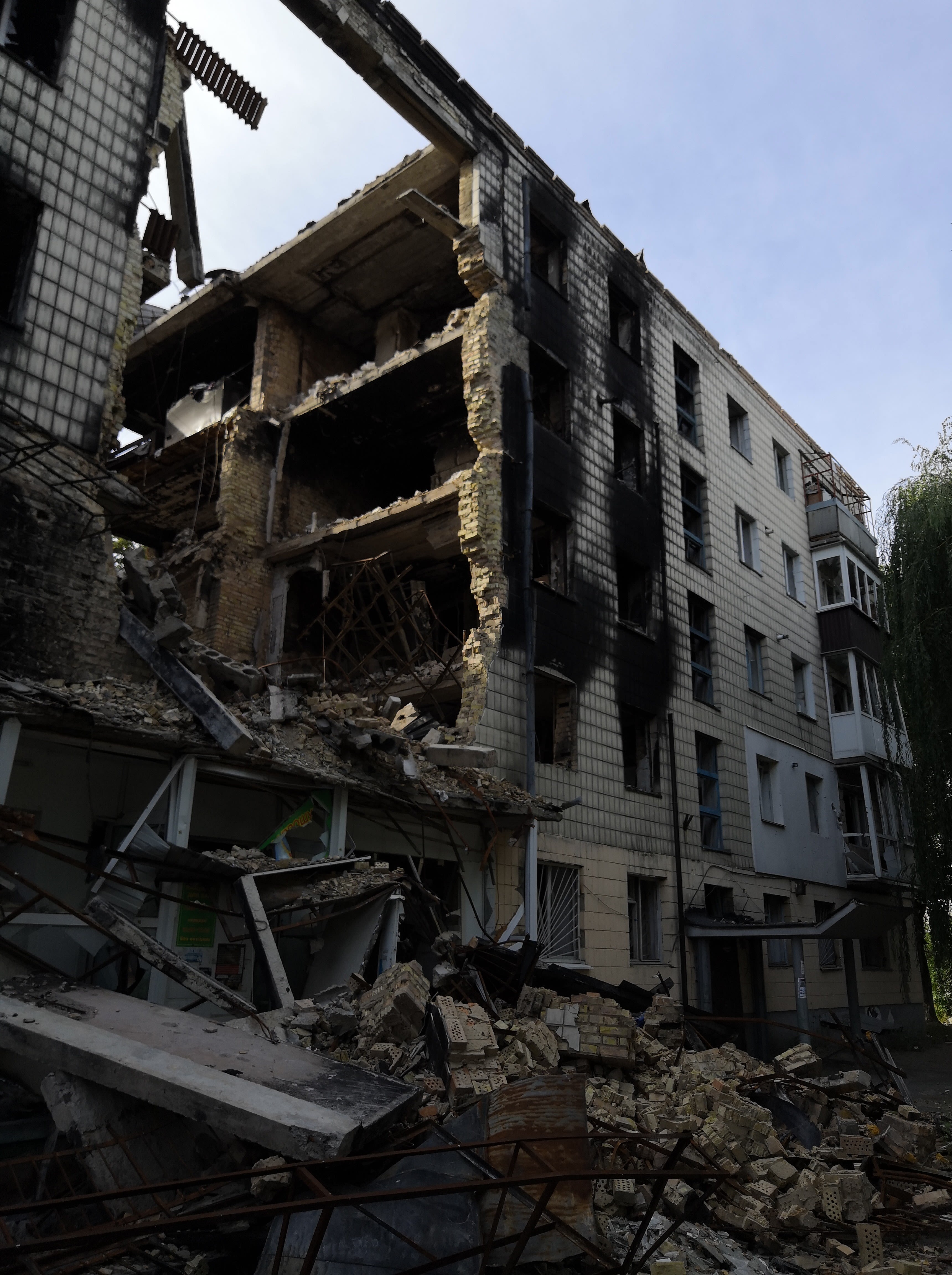
February 2024 marked two solemn anniversaries: the second year since Russia's full-scale invasion of Ukraine and the tenth anniversary of the invasion and annexation of Crimea. Since February 2022, tens of thousands of verifiable photographs, videos, and audio files captured with the eyeWitness to Atrocities app reveal the destruction and devastation inflicted on civilians and their infrastructure. This verifiable documented footage may serve a crucial role in holding perpetrators accountable for their actions in future legal proceedings.
The eyeWitness app has been used by documenters in Ukraine since 2017 and has been used more widely since Russia’s full-scale invasion. This surge in use underscores the importance of preserving evidence for accountability purposes.
Documenting and preserving potential leads of international crimes amid ongoing conflict
A damaged oil depot, a severely damaged supermarket, and what appears to be a damaged civilian residence, were but a few of the alarming images captured with the eyeWitness app during the months following Russia’s full-scale invasion. Embedded with unmodifiable metadata, each piece of footage includes precise details of the time, date, and location of the recording. When uploaded to the eyeWitness server, this information and the footage are securely stored with the chain of custody maintained, to meet the admissibility criteria standards of national and international courts.
As detailed in our joint report, attacks on health care have appeared, in many cases, to be part of a broader disregard for certain core international humanitarian law (IHL) principles relating to civilian protection: distinction, the prohibition on indiscriminate attacks, proportionality, and precaution.
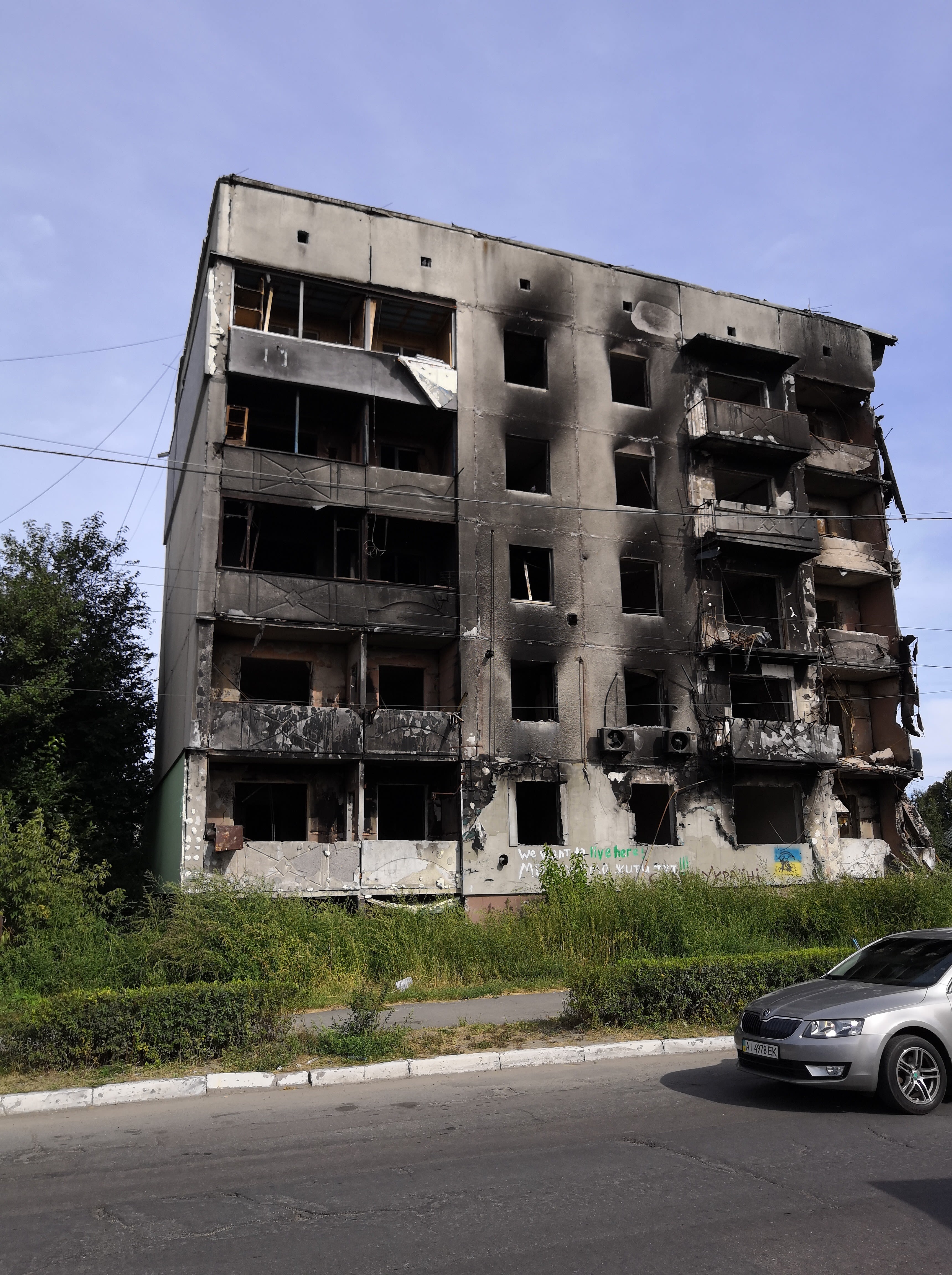
The jointly published report "Destruction and Devastation: One Year of Russia’s Assault on Ukraine’s Health Care System", along with the interactive map, released in February 2023, detail incidents of varying degrees of damage and destruction to Ukraine’s health care system – including attacks on health care facilities and violence against health care workers. The interactive map highlights that attacks on health care in Ukraine have reached alarming levels, with more than 1350 reported incidents, since Russia’s full-scale invasion in February 2002. Meanwhile, our latest case study, titled "Coercion and Control: Ukraine's Health Care System under Russian Occupation", illustrates how Russia's actions have not only endangered civilians' right to health but also jeopardized access to essential healthcare services.
In the context of armed conflict, IHL – also known as the law of war or armed conflict – is a set of rules that seek to limit the effects of armed conflict. The Geneva Conventions of 1949 and their Additional Protocols form the core of international humanitarian law and protect those who are not taking part in hostilities, and those who are no longer fighting, including the sick, wounded, and prisoners of war.
IHL sets out provisions for the general protection of civilian objects and property, defined as all objects that are not military objectives. Documenting and preserving verifiable evidence of international law violations, such as photos and videos depicting the destruction of civilian objects, can serve as compelling evidence in prosecuting criminal acts.
Visit www.attacksonhealthukraine.org for the most updated results of attacks on Ukraine’s healthcare system
Attacks on Ukraine’s health care system have been documented since February 24, 2022. The interactive map is a joint undertaking among eyeWitness to Atrocities, Insecurity Insight, Media Initiative for Human Rights (MIHR), Physicians for Human Rights (PHR), and the Ukrainian Healthcare Center (UHC).
Attacks on Ukraine’s health care system have been documented since February 24, 2022. The interactive map is a joint undertaking among eyeWitness to Atrocities, Insecurity Insight, Media Initiative for Human Rights (MIHR), Physicians for Human Rights (PHR), and the Ukrainian Healthcare Center (UHC).
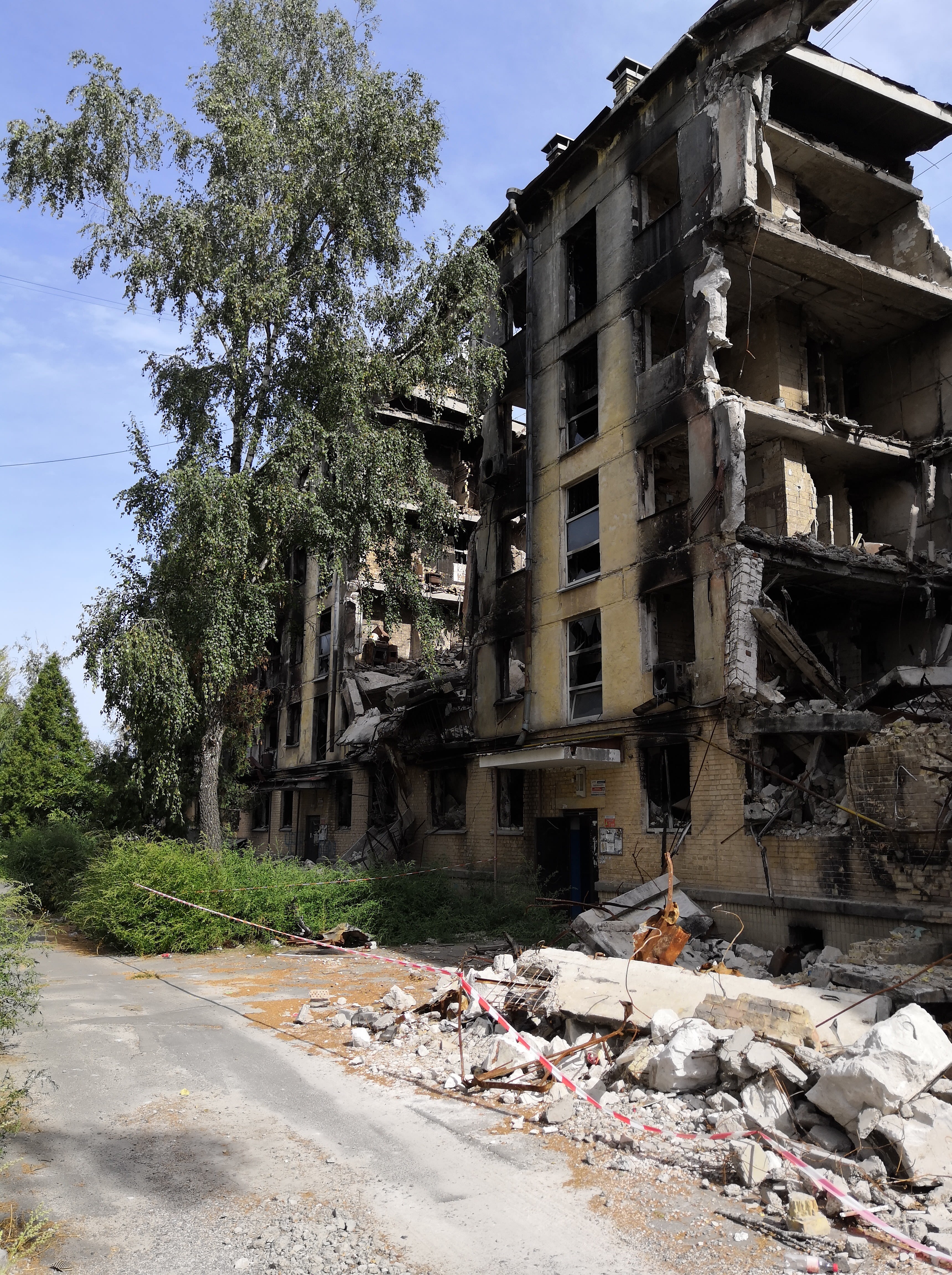
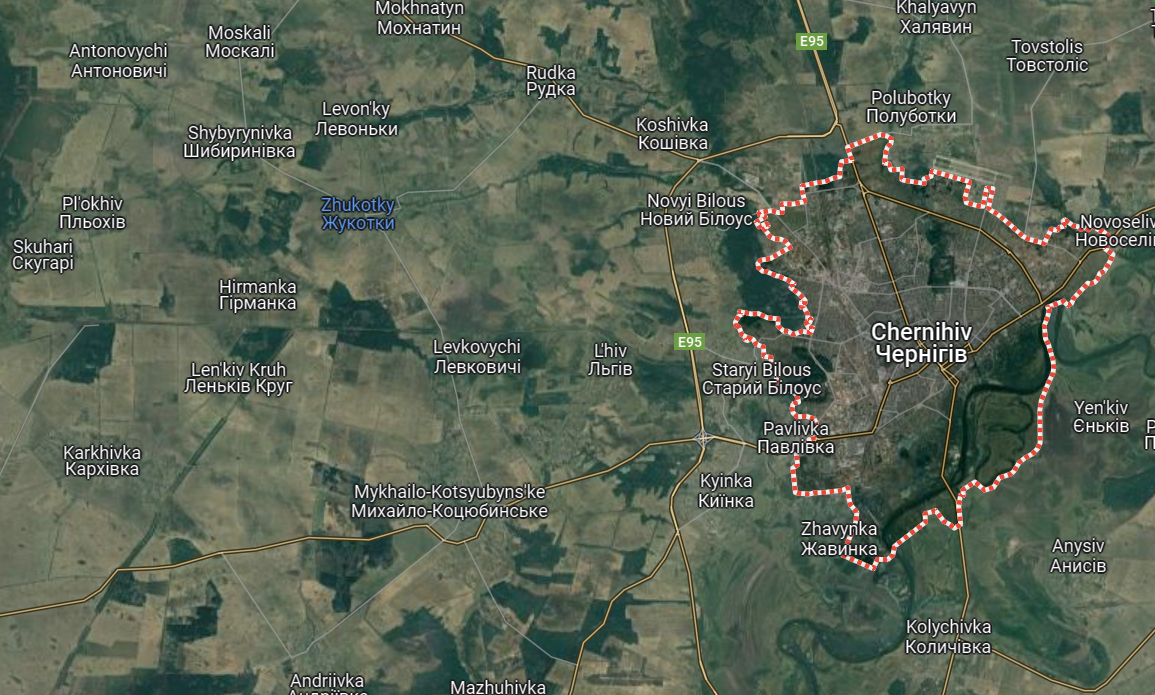
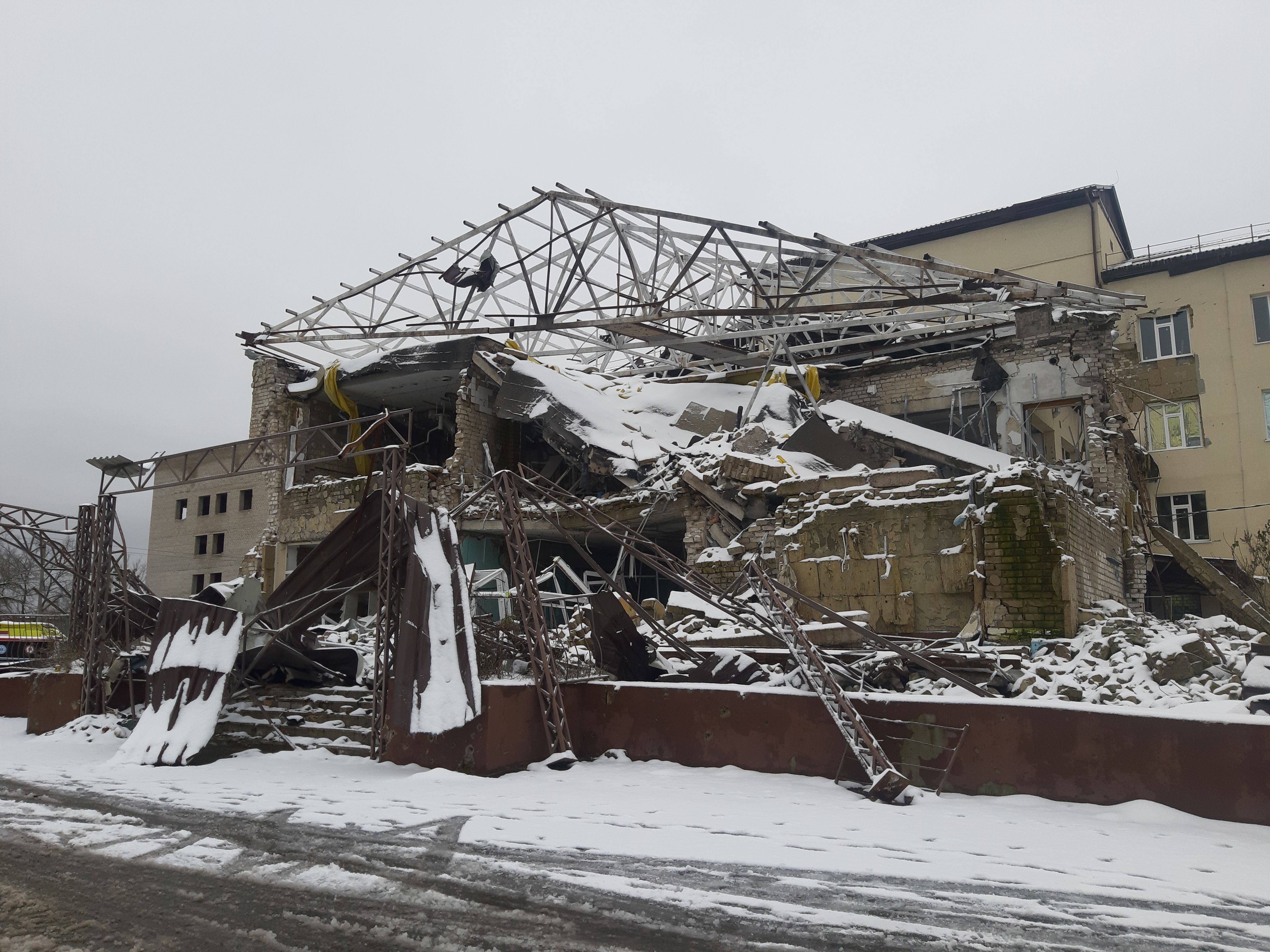
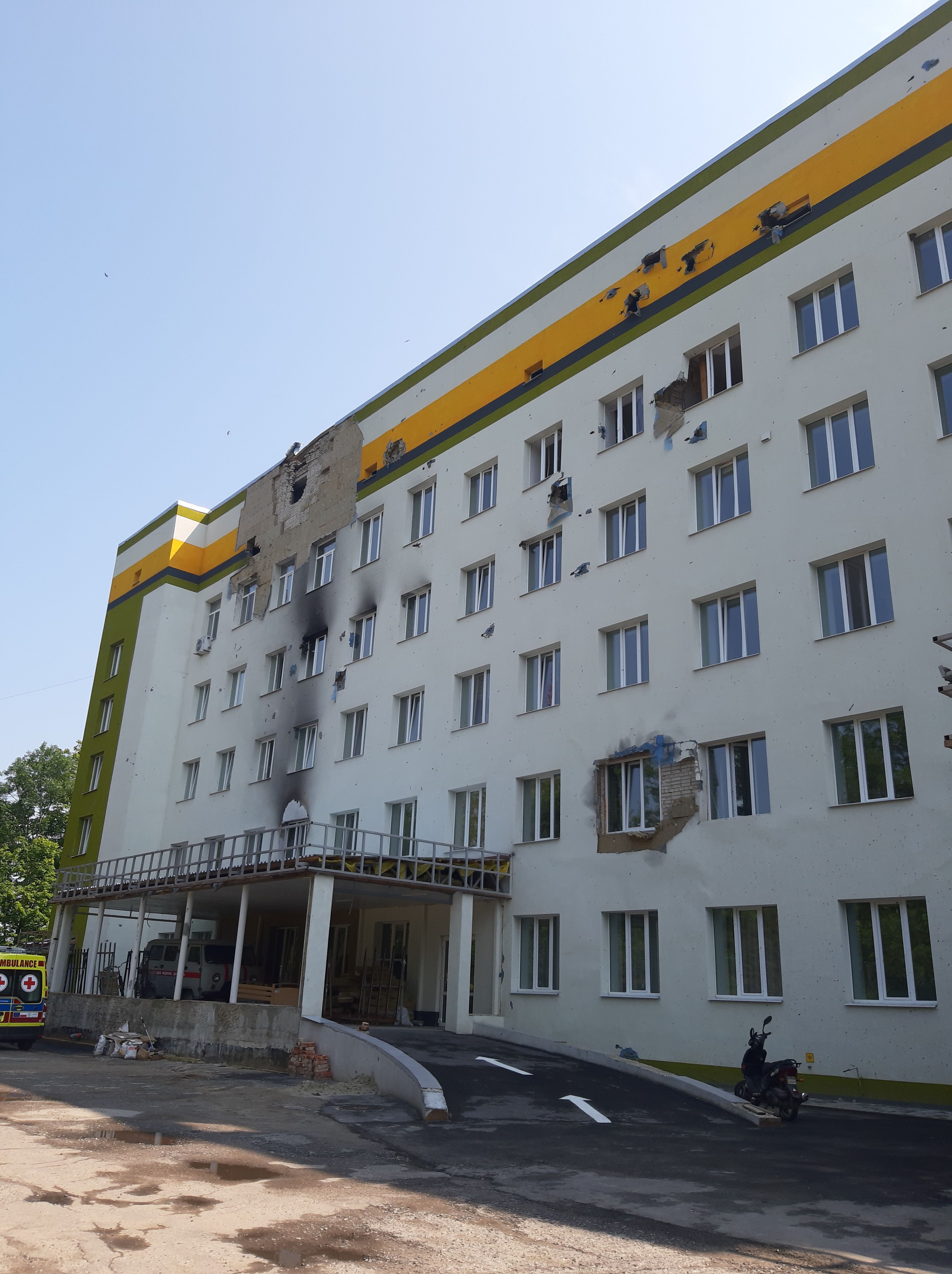
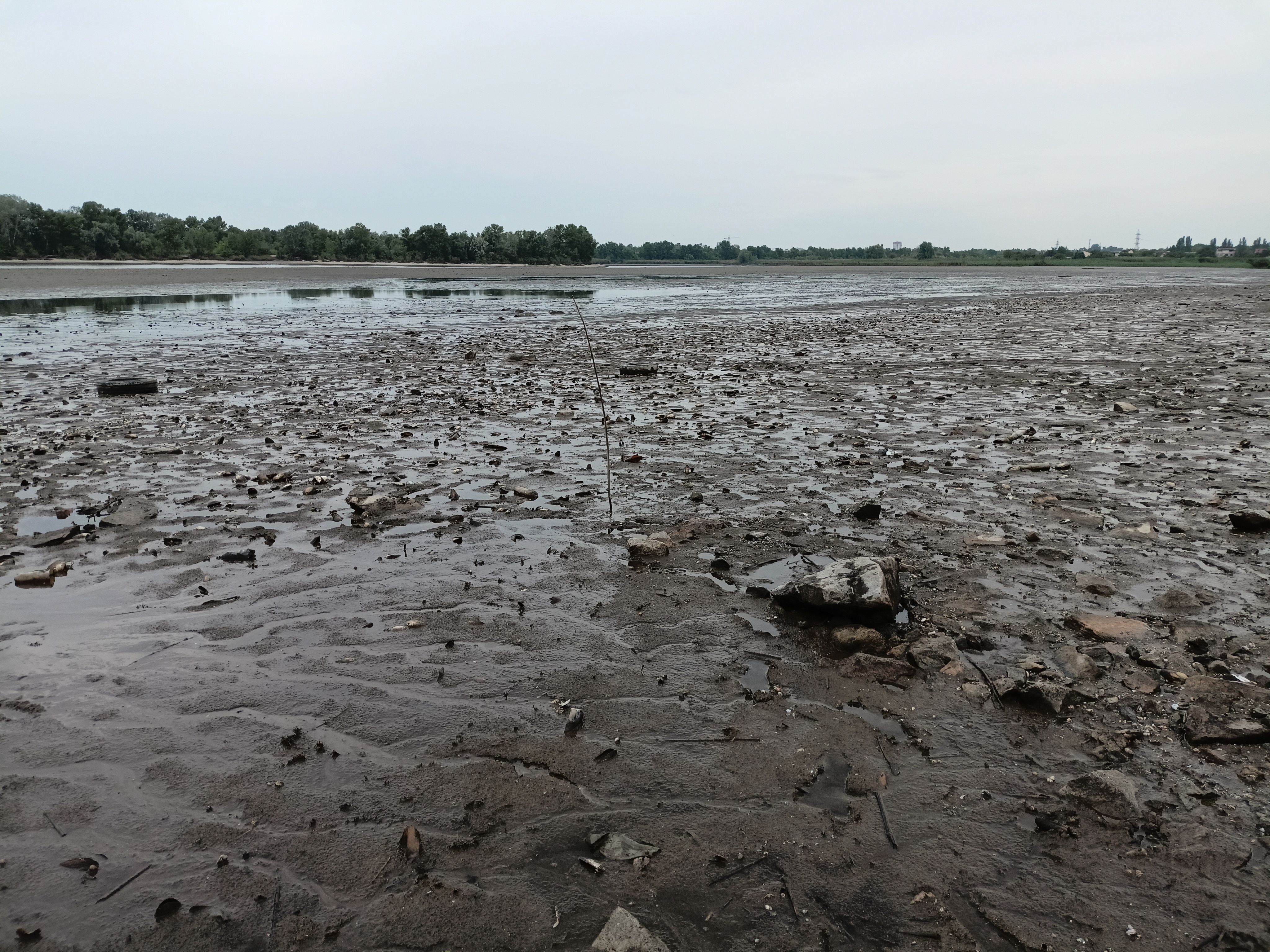

Assaults on civilian infrastructure: Some cases of destruction documented with the eyeWitness to Atrocities app
As Russian forces advanced across Ukraine, footage was uploaded to eyeWitness’ secure database. This footage was captured and uploaded by both citizens using the app and human rights organisations that are documenting and preserving evidence of war crimes for accountability. Frontline documenters captured a high volume of photographs and videos depicting the damage that had been inflicted on civilians and civilian objects
Chernihiv
Chernihiv, a city located in northern Ukraine, endured over a month of occupation in 2022. Upon the withdrawal of Russian troops, nearly 2000 images and videos were taken with the eyeWitness camera app in this region. A number of these photos revealed damage to houses, schools, libraries, churches, supermarkets, and other commercial buildings. Local media reports indicated that 70% of all structures were destroyed, leaving residents grappling with food and water shortages.
Izium
In March 2022, the Izium Central City hospital in the Kharkiv Oblast suffered multiple attacks, including at least one direct hit.Photos taken with the eyeWitness app showed damage to the main building, including the intensive care unit and the operating block.
Trostianets
Russian forces occupied Trostianets, a town in the Sumy region near the Russian border, from February 24 to March 26, 2022. During this time, the city's hospital came under direct shelling from a Russian tank, which remained in Trostianets after Russia’s withdrawal. An investigation confirmed that the tank, identified as a T-72, was responsible for the attack. Documents found within the tank implicated servicemen, leading to their subsequent sentencing in Trostianets District Court to 11 years of imprisonment for the shelling of the hospital. Photos captured with the eyeWitness app were used to document hospital damage and to preserve documentation as potential evidence.
Kherson
In the early hours of June 6, 2023, residents of the Kherson Oblast woke up to flooding caused by the explosion of the Nova Kakhovka dam along the Dnipro River, which extends from the northernmost part of the country to the Black Sea. International media reported that the water released by the dam’s destruction impacted 80 towns and villages. As the water surged downstream towards Kherson after the breach in the dam, verifiable photos captured with the eyeWitness app show low water levels in a section of the Dnipro River, north of the Nova Kakhovka dam, as well as floodwaters impacting the residents’ settlements and fields following the attack.
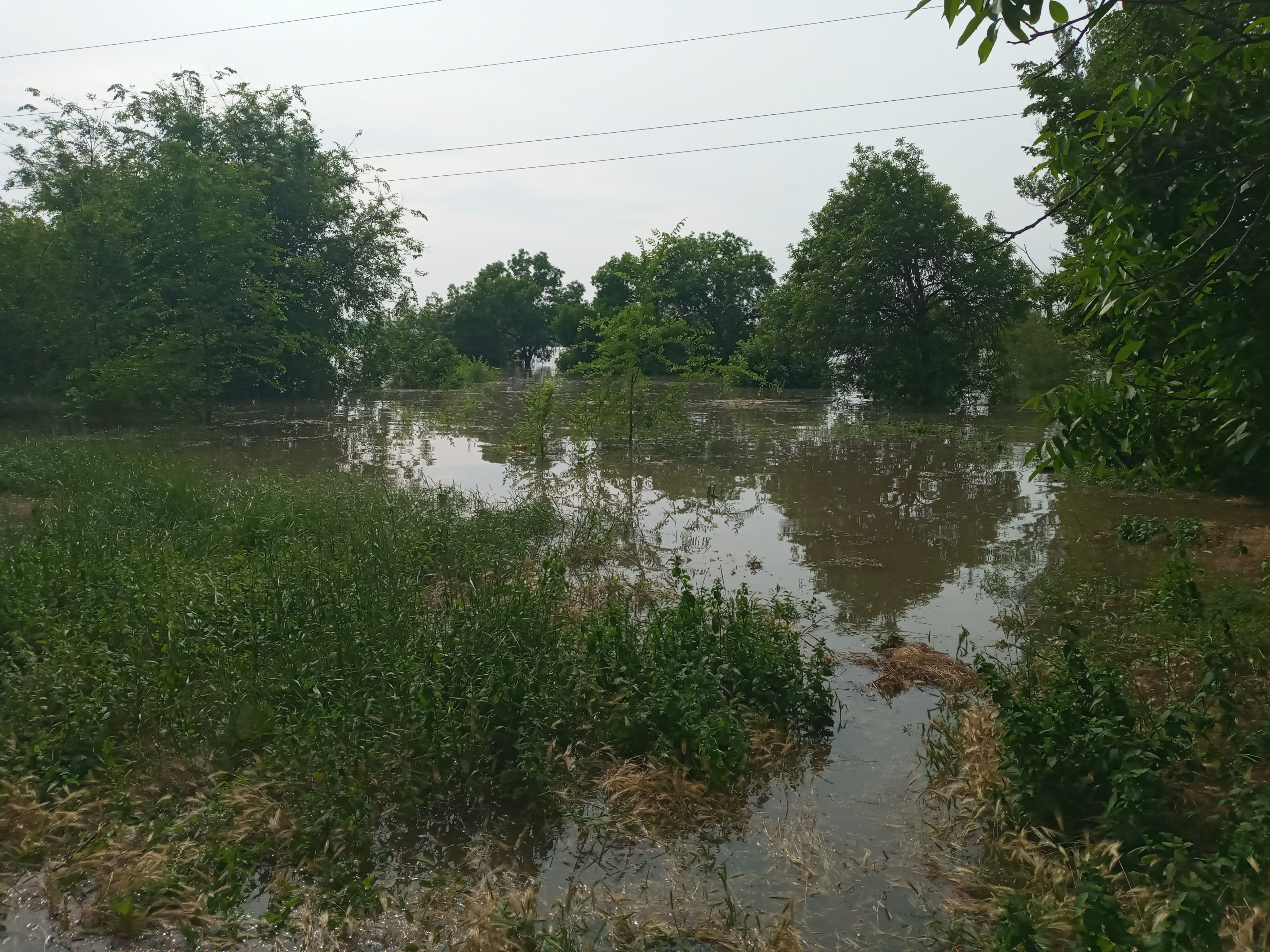
Flooding in the surrounding area after the destruction of the dam at Nova Kakhovka. Photo captured by a user with the eyeWitness to Atrocities app, June 2023.
Flooding in the surrounding area after the destruction of the dam at Nova Kakhovka. Photo captured by a user with the eyeWitness to Atrocities app, June 2023.
Ecocide refers to the mass damage and destruction of ecosystems, as well as severe and widespread or long-term harm to nature. The term was first used to describe the environmental devastation in Vietnam caused by the US military’s use of “Agent Orange”, a toxic herbicide. Serious environmental crimes have been recognised by a number of countries, including Russia and Ukraine.
Environmental organisations such as Stop Ecocide also advocate for designating ecocide as an international crime. Recently, the Prosecutor of the International Criminal Court announced a new policy initiative aimed at advancing accountability for environmental crimes under the Rome Statute.
Current efforts and future outlook: Seeking justice and accountability
As the conflict in Ukraine continues, documentation efforts on the ground are ongoing, with documenters collecting and safeguarding potential evidence for accountability using the eyeWitness app. By the end of 2023, more than 45,000 items of footage have been captured and uploaded to the eyeWitness server by individuals and partner organisations who hope that their efforts will lead to justice and accountability.
The ongoing process of reviewing, analysing, and categorising by the eyeWitness legal team and our roster of pro bono lawyers continues. Following many hours of review, detailed dossiers of footage have been submitted to international and national justice mechanisms, including the UN Independent International Commission of Inquiry on Ukraine, the International Criminal Court, and the UN Special Rapporteur for Adequate Housing.
In a statement on X (previously known as Twitter), Ukraine's Prosecutor General, Andriy Kostin, referring to eyeWitness’ joint report, emphasized that there is growing evidence suggesting that Russia’s attacks against the civilian population in Ukraine are part of a deliberate policy. Prosecutor Kostin highlighted the importance of our latest joint report, acknowledging its pivotal role in providing data for ongoing criminal proceedings and global initiatives aimed at ending impunity.
Disclaimer
The photos in this article were used with the consent of those who captured and uploaded the footage.
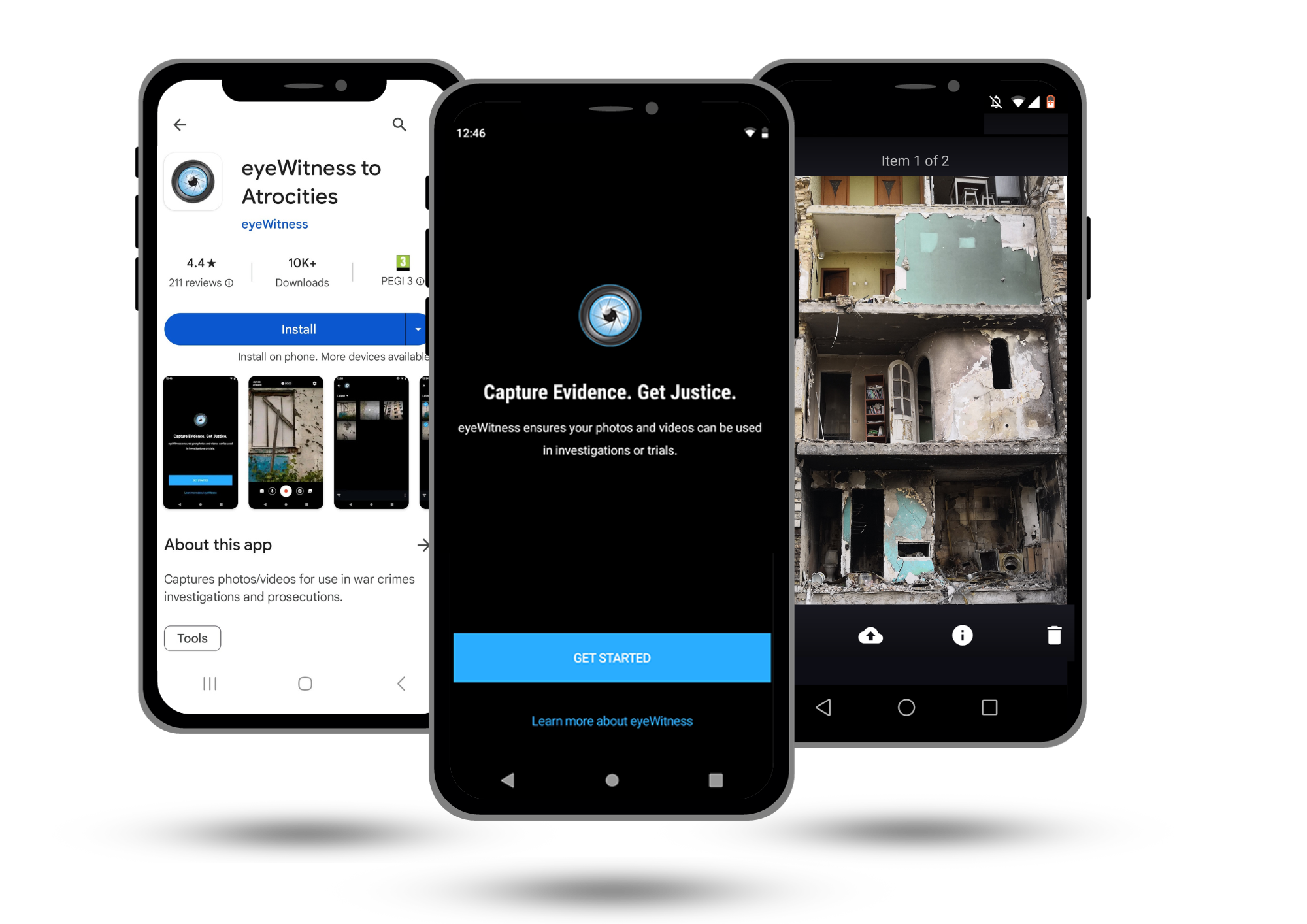
eyeWitness to Atrocities supports human rights documenters in high-risk regions to capture, preserve, and securely submit verifiable footage of international crimes and gross human rights violations that may be used as evidence in courts of law to international, regional, and national accountability mechanisms.
Connect with us: www.eyewitness.global/connect



